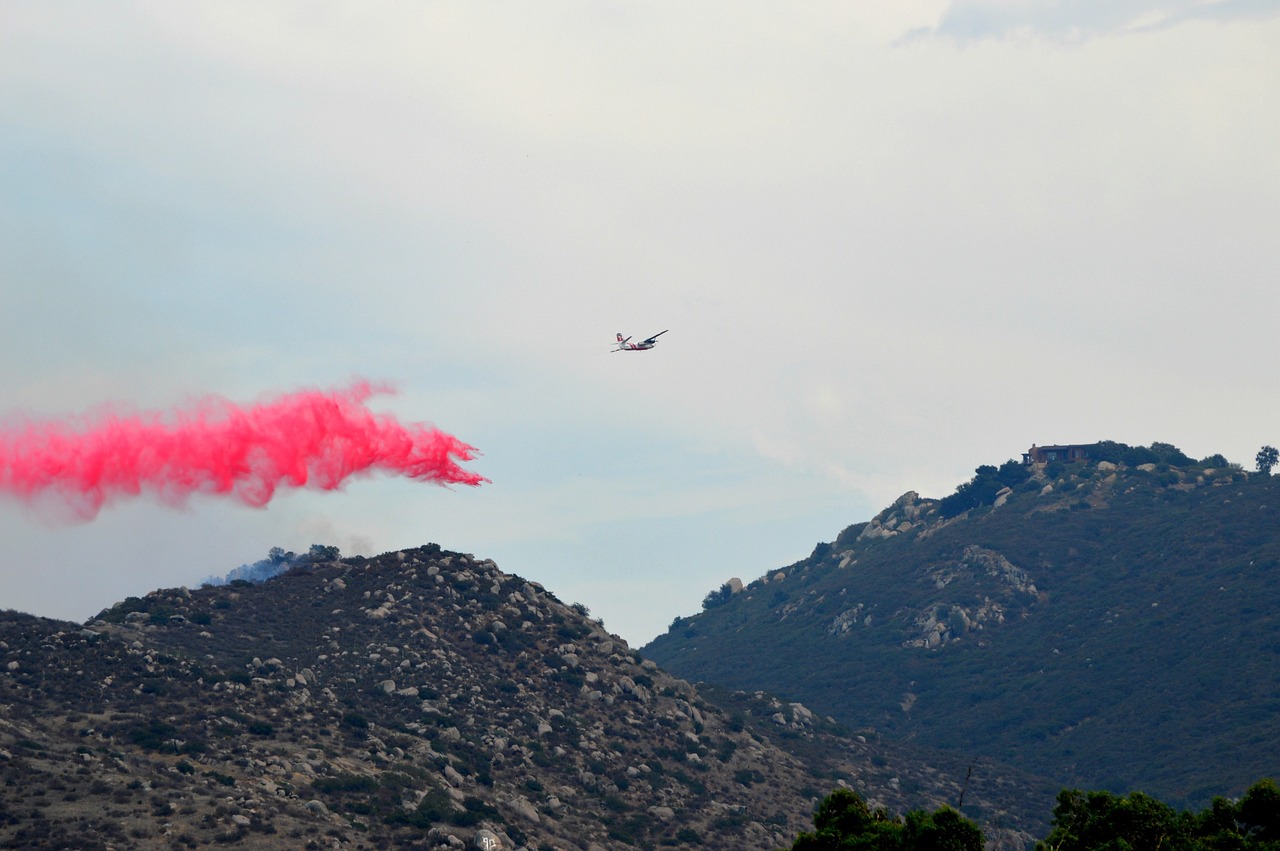California’s majestic landscapes, from its expansive forests to its breathtaking coastlines, are not only a source of pride but also a breeding ground for catastrophic wildfires. One factor that has become increasingly prominent in these fires is the role of power lines in California wildfires. As California continues to face devastating wildfires, particularly in 2025, understanding how power lines contribute to fire outbreaks is crucial to preventing future disasters.
Understanding the Impact of Power Lines on California Wildfires
Wildfires have always been a part of California’s natural landscape, but the frequency and intensity of these fires have surged in recent years, largely due to climate change. The role of power lines in California wildfires has garnered significant attention, with several major fires in recent years being traced back to electrical infrastructure failure.
One key example of the growing concern surrounding power lines is the 2025 Palisades Fire. This wildfire, which devastated parts of Los Angeles County, was triggered by downed power lines in dry conditions. It serves as a stark reminder of the role of power lines in California wildfires, where the interaction of dry vegetation, high winds, and faulty power lines can create deadly combinations. The role of power lines in California wildfires is not just a theoretical risk; it is a reality that has caused immense destruction to both homes and the environment.
Why Power Lines Cause Wildfires: The Mechanics Behind the Sparks
The role of power lines in California wildfires stems from the fact that electrical power lines often span miles of dry, forested land. When these lines are damaged or malfunction, they can easily spark fires that spread rapidly in hot, dry weather. Understanding this is key to mitigating the fire risks associated with them.
- Downed Power Lines: When strong winds or natural disasters like earthquakes bring power lines down, the exposed electrical wires can come into contact with dry vegetation, creating sparks. The role of power lines in California wildfires becomes evident when these sparks ignite dry brush or trees, leading to uncontrollable fires.
- Faulty Equipment: Poor maintenance or faulty equipment can also be a contributing factor. Malfunctioning electrical equipment, such as transformers or power line insulators, can overheat and cause electrical arcing, which can ignite surrounding dry foliage. As climate conditions worsen in California, the role of power lines in California wildfires becomes more pronounced.
- Electrical Faults: Surges in the electrical grid, particularly during extreme heat events, can lead to electrical faults. These faults can cause arcs that might fall onto dry vegetation, igniting fires. The role of power lines in California wildfires is often exacerbated by California’s aging electrical infrastructure, which struggles to handle the increasing demands placed on it during the state’s intense fire seasons.
The Deadly Synergy: Power Lines and Climate Change
The role of power lines in California wildfires is particularly dangerous in a climate that is rapidly changing. Higher temperatures, longer droughts, and more frequent extreme weather events have created the perfect conditions for wildfires to thrive. In many cases, these conditions intersect with damaged or improperly maintained power lines, resulting in widespread destruction.
As temperatures rise, vegetation becomes drier and more susceptible to ignition. The role of power lines in California wildfires is magnified by this increased vulnerability. According to experts, one of the main challenges for fire prevention in California is managing the interaction between human infrastructure, like power lines, and the increasingly volatile climate.
Preventing Wildfires: What’s Being Done to Address the Role of Power Lines?
California is making strides in addressing the role of power lines in California wildfires, but there is still much work to be done. Several strategies have been implemented to mitigate the risk that power lines pose to communities.
1. Undergrounding Power Lines
One of the most effective ways to minimize the risk of wildfires caused by power lines is by burying power lines underground. Underground power lines are less vulnerable to damage from falling trees, high winds, or other environmental factors. While the initial cost of undergrounding power lines is high, the long-term benefits in fire prevention make it a viable option for many areas, especially in high-risk fire zones.
Burying power lines could dramatically reduce the role of power lines in California wildfires by making them less likely to spark fires. The state has already begun undertaking projects to bury power lines in areas most affected by wildfires.
2. Regular Inspections and Upgrades
California utilities have been under increasing pressure to upgrade and inspect their infrastructure. Regular inspections are essential to detect faults or aging components that might cause a failure and lead to a fire. By identifying potential hazards early, utilities can address issues before they contribute to wildfires. Furthermore, equipment that is more resistant to electrical faults and weather damage can be used to reduce the role of power lines in California wildfires.
Utilities are now implementing advanced technologies, such as drones and AI systems, to inspect power lines and identify problems quickly. These measures are helping to ensure that power lines are less likely to fail and cause dangerous sparks.
3. Vegetation Management
Another key strategy for preventing wildfires is the proper management of vegetation around power lines. Trees and shrubs that grow too close to power lines can cause short circuits, which can lead to fires. By trimming vegetation regularly and removing dead or dry brush, utilities can help reduce the risk of the role of power lines in California wildfires.
California has enacted stricter vegetation management laws, requiring utilities to clear areas around power lines regularly. These measures help to prevent sparks from traveling to dry vegetation, reducing the likelihood of fire ignition.
4. Public Awareness and Education
The public also plays an essential role in preventing wildfires. In addition to managing their properties and following fire safety practices, residents can take steps to reduce the chances of power lines causing fires. California has launched several public awareness campaigns to educate people on how to report downed power lines, avoid starting fires with campfires or barbecues, and reduce fire hazards around their homes.
The role of power lines in California wildfires is compounded by human negligence, so educating residents about proper safety measures is an important part of the equation.
The Future of Fire Prevention in California
With the ongoing threats posed by wildfires, especially as climate change worsens, understanding the role of power lines in California wildfires has never been more important. As California’s fire season becomes longer and more intense, the state must continue to innovate and invest in fire prevention technology.
In addition to hardening power lines, creating smarter electrical grids, and increasing early detection capabilities, California must push for more sustainable practices in the management of natural resources and fire-prevention infrastructure. The collaboration between government agencies, private sectors, and local communities is key to reducing the devastating effects of wildfires, especially when it comes to the role of power lines in California wildfires.
Conclusion: Taking Action to Mitigate Risks
The role of power lines in California wildfires is a complex issue, but it’s one that can be addressed through a combination of infrastructure improvements, public education, and proactive policy changes. The devastating fires of 2025 have underscored the urgent need for action, but the state is moving forward with strategies to minimize the risks posed by power lines.
By implementing smarter infrastructure, increasing community awareness, and adopting new technologies, California can significantly reduce the role of power lines in California wildfires and protect its people, environment, and economy from the devastating effects of wildfires. While challenges remain, every step forward is a victory in the fight against these destructive forces.


